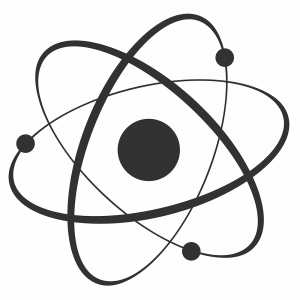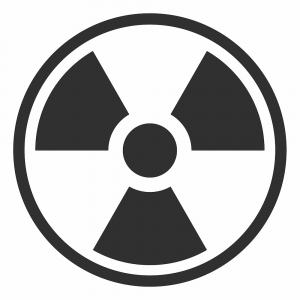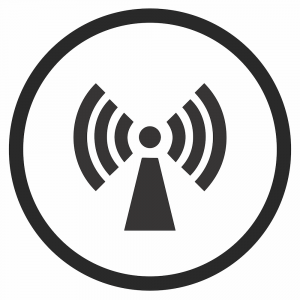UAB Health Physics Research
With over 40 million nuclear medicine procedures per year and growing, radiation safety is vital to the success of medical treatments. UAB Health Physics researchers work closely with UAB’s hospital and radiation safety program to solve modern problems confronting radiation safety in the hospital. Both of UABs MHP program directors are extremely passionate about health physics and the environment. UAB was recently recommended for funding of it’s D2ROPS grant with the NRC to study in detail regulatory inconsistincies between states and federal regulations. Drs Wilson and Caffrey also regularly study dose implications from natural and man-made radiation in the environment. It is vital that the risks of radiation are communicated well to everyone! Recent projects from UAB studied how pop culture retains persistent misconceptions about radiation that likely influence the general publics fears and radiphobia. UAB also works hard to study how radiation safety training can be optimized in the post-covid world. Few area’s of radiation are as still poorly understood as low-dose and low-dose rate radiation damage in humans. UAB aims to be a center in which experts turn to in order to solve once and for all, the linear no-threshold model uncertainty. Lasers, 5G, and microwaves are all included within an area of radiation called non-ionizing. This radiation does not have sufficient power to ionize atoms however can still be a very real radiation safety hazard. Dr. Maqbool (chair of the university laser safety committee) recently published a book in this area and continually studies NIR’s vast and dynamic future.
Health Physics in Medicine

Environmental Health Physics

Community Health Physics

Low-Dose Impacts

Non-Ionizing Health Physics